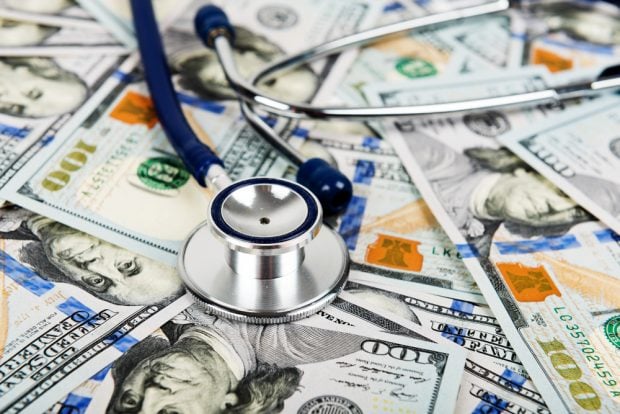 Source: Shutterstock
Source: Shutterstock
After nearly 25 years working on behalf of credit unions I recently took a break from the professional world. Rather than catching up on my Netflix shows, I hatched a plan to fulfill a long-time dream of mine: Bicycle across the U.S. from San Diego, Calif., to St. Augustine, Fla. Three-thousand-plus miles with my trusty steel bike, some clothes and camping gear was the plan for this self-supported journey.
Fast forward some 40 odd days and I completed the ride. There are lots of stories, pictures and memories to share, which invigorated my soul and reinforced my faith in humanity, but I'd like to focus on a key part of the journey that had nothing to do with pedal strokes, spandex or unexpected sores in unexpected places.
Recommended For You
Today, 44 million Americans carry medical debt totaling $1 trillion, creating a pernicious cycle of poor financial and physical health outcomes. Researchers have reported that high levels of financial debt are associated with mental illness, acute biological ailments and poorer overall health (source: ScienceDirect). Financial stress begets high risk behaviors. These high risk behaviors lead to poor health outcomes. And the cycle cascades into an even greater deterioration of financial and physical health. Additionally, stories about the human costs of medical debt and cancer diagnoses are all too common and heartbreaking in equal measure.
Most outstanding consumer debt is discretionary, but medical debt is a uniquely American problem. Medical debt acts as an accelerant for the financial-physical health link. For instance, 66% of all consumer bankruptcies are tied to medical debt, 25% of all outstanding credit card debt is used to finance medical debt and 50% of Americans report forgoing medical care due to the high costs of care, according to recent studies.
As institutions that put service over profits, credit unions are in a potentially unique position to help solve parts of the medical debt debacle. The last thing a credit union wants are consumers who are overwhelmed by a source of debt that is usually brought on by factors beyond their control. Bad financial outcomes means less mortgages, car loans and savings accounts for a significant portion of the population.
I anticipated the bike ride might capture the interest of a few people so I started a fundraiser about medical debt with a non-profit organization called RIP Medical Debt. RIP erases the debt of Americans whose lives have been destroyed by medical expenses. Founded in 2014 by two former collections industry executives, RIP rose to national prominence during an episode of "Last Week Tonight with John Oliver" that has been viewed almost 10 million times, where RIP facilitated the erasure of $15 million in medical debt for only $60,000. RIP takes donations and buys debt in bundled portfolios, millions of dollars at a time at a fraction of the original costs. On average, RIP leverages each dollar donated 100 times. Basically, they do a jiu jitsu move on Wall Street, which is a beautiful thing to behold.
While I wasn't as successful as John Oliver, my little network raised close to $40,000, which translated into a $4.1 million purchase and retirement of medical debt for 3,481 people from California to Florida and everywhere in between! Pretty cool, but the success of this fundraiser just scratched the surface of what's possible. The people who were helped are at/near the poverty line, their medical debts comprise a significant portion of their already small income, and they've likely been hounded by debt collectors, resulting in tremendous financial and physical stress. In other words, we bought a nice Band-Aid for a few thousand people, but how do we create more systemic impact, sooner?
While I was pedaling across the country I had a lot of time to think about this complex question. A few ideas have percolated and I've been discussing these concepts with some clever people. Potential solutions run the gamut from public policy, non-profits, start-ups, technology and outside industry partnership responses. Do we create a huge charitable drive to write off billions of medical debt on behalf of credit unions? Do we create a financial product that can be used by hospital finance professionals? Do we integrate health care finance into credit union mobile/online banking offers? Do we create a CUSO to solve this problem? Credit unions owe it to the 44 million Americans suffering from medical debt to answer these (and other) questions.
Since I dismounted my bike in Florida, I've been getting back to reality and working with credit unions across the U.S. It's fun and rewarding, but in the back of my head I've got some chafing that hasn't healed and it's the medical debt crisis.
 George Hofheimer
George Hofheimer George Hofheimer is the Founder of Hofheimer Strategy Advisors in Madison, Wis.
© Touchpoint Markets, All Rights Reserved. Request academic re-use from www.copyright.com. All other uses, submit a request to [email protected]. For more inforrmation visit Asset & Logo Licensing.






